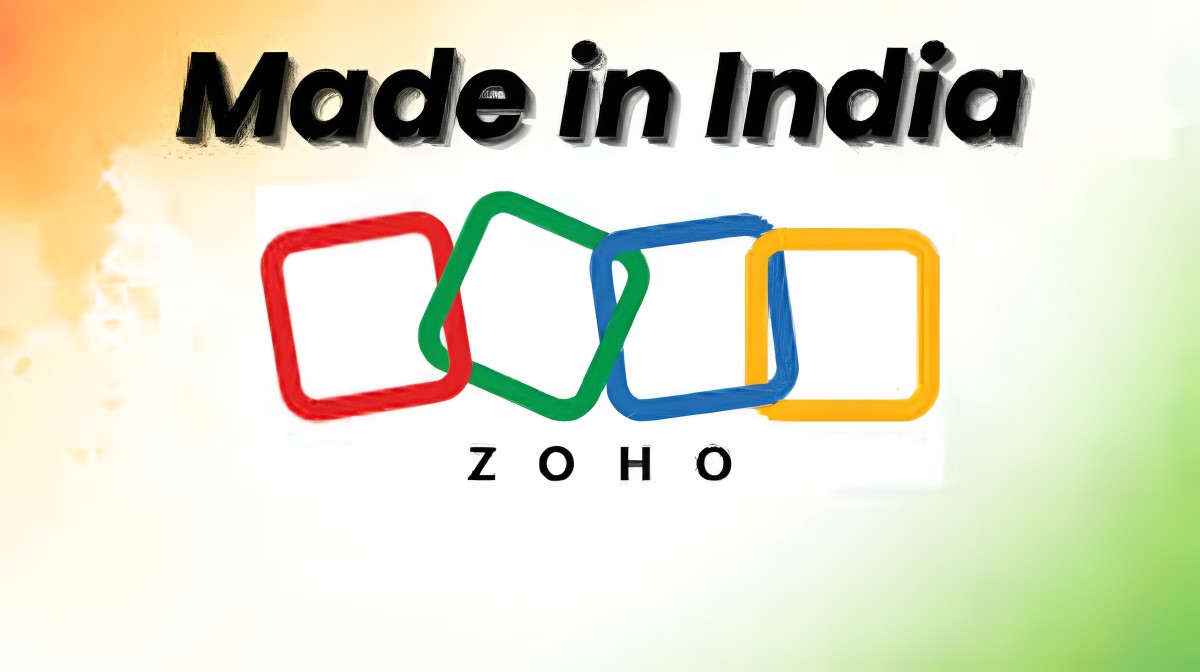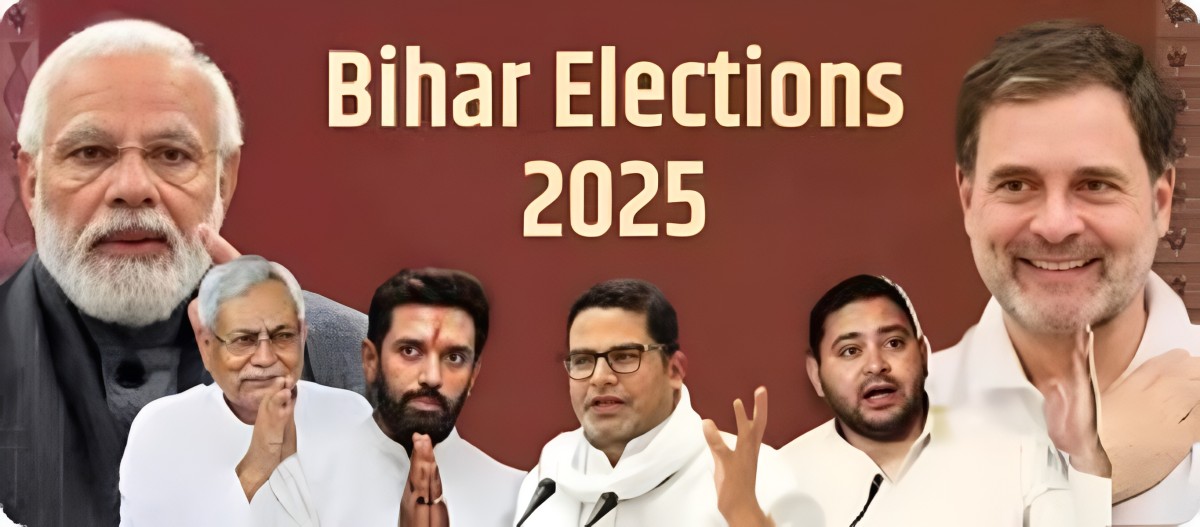Introduction
In 2025, Zoho Corporation finds itself at a crossroads — propelled by a rising tide of digital nationalism, public concern over data sovereignty, and growing demand for privacy‑centric tools. Two of its key initiatives, Arattai (a messaging app) and Zia LLM (its proprietary large language model and AI agent ecosystem), have become emblematic of this shift. These tools are more than products; they represent Zoho’s vision of a technologically self‑reliant India. This article traces their journeys, implications, challenges, and what lies ahead.
Also Read:Cloudburst in Dehradun: What It Reveals About Rising Climate Risks
Context: Why Indian Tech Independence Matters
Over recent years, several factors have given more urgency to India’s push for home‑grown tech tools:
- Concerns over data privacy, surveillance, and how foreign companies use data.
- Regulatory emphasis on data localization (keeping data within India).
- Government initiatives like Aatmanirbhar Bharat (self‑reliant India) that promote indigenous development.
- Users’ growing demand for alternatives to major global platforms (e.g. WhatsApp, Google, Microsoft).
Zoho, headquartered in Chennai and founded by Sridhar Vembu and Tony Thomas, has long emphasised independence — owning infrastructure, developing software in India, using open source, etc. These principles make it a natural focal point in this movement.
Arattai: India’s “Made in India” Messaging Surge
What is Arattai?
- Arattai (Tamil for “chat” or “conversation”) is Zoho’s instant messaging and calling app. Launched in 2021, it offers basic messaging features (text, voice, video, media sharing) and positions itself as a “made in India, spyware‑free, secure alternative” to global apps.
- It supports multiple Indian and non‑Indian languages. It runs on Android and iOS, and its features currently include voice/video calls, media sharing, support for groups/channels, etc.
The Surge in 2025
- Traffic Growth: In late September 2025, Zoho reported that Arattai saw a 100‑fold increase in traffic in just three days, with daily new sign‑ups jumping from ~3,000/day to ~350,000/day.
- Store Rankings: Because of this surge, Arattai briefly topped the Social Networking category in Indian app stores, overtaking major incumbents like WhatsApp and Telegram.
- Government Endorsements: The app received support from various senior ministers — such as Ashwini Vaishnaw, Dharmendra Pradhan, Piyush Goyal — who publicly endorsed it as a secure, user‑friendly, homegrown alternative under the Swadeshi / Aatmanirbhar Bharat push.
- Scaling Infrastructure: The sudden growth forced Zoho to rapidly upgrade backend infrastructure “on an emergency basis” to handle surges and maintain service quality. Sridhar Vembu noted that exponential growth can come “much earlier than anticipated.”
Key Features & Positioning
- Privacy & Data Localization: Arattai is being marketed with strong emphasis on privacy, no ads/data harvesting. The concept that user data stays within Zoho’s infrastructure is central.
- Interoperability Ambitions: Sridhar Vembu has stated that he wants Arattai to be “interoperable like UPI (Unified Payments Interface) and email,” not closed like WhatsApp. He further said Zoho does not want to become a monopoly.
- Challenges: Despite popularity, there are some early issues: delays in OTPs, missing or incomplete features (for instance, end‑to‑end encryption for text chats is not yet live), potential server lag, rising expectations from users.
Zia LLM & Zoho’s AI Push
To complement its “local tech” credentials, Zoho has also made strategic moves in AI with Zia LLM, its in‑house large language model and associated tools.
Features of Zia LLM & Related Tools
- Zia LLM is a proprietary large language model built by Zoho for business and enterprise use. There are multiple sizes (1.3B, 2.6B, 7B parameters) to suit different performance vs compute tradeoffs.
- Zoho also introduced Automatic Speech Recognition (ASR) models in English and Hindi, optimized to run efficiently (low compute load) while achieving strong benchmark performance. There are plans to expand to more Indian languages.
- Zia Agent Studio: A low/no‑code environment where users can build “agents” (digital assistants or automations) using Zoho’s internal tools, workflows and >700 built‑in actions. Tasks include candidate screening, deal analysis, revenue suggestions, etc.
- Model Context Protocol (MCP) server: This is Zoho’s infrastructure that allows third‑party agents to securely access Zoho’s tools/actions, while preserving data control.
- Deployment is planned across Zoho’s own data centres in India, US, Europe. Emphasis is on keeping user data in Zoho’s ecosystem (not leaking to external cloud providers).
Strategic Aims
- Reduce dependence on foreign AI/LLM infrastructure or third‑party models.
- Serve Indian business use-cases especially with features like local languages, identity documents (PAN, GSTIN), candidate screening with Indian hiring norms etc.
- Cost efficiency and privacy: Zoho believes building in‑house models allows more control over privacy and cost (versus paying external providers).
Zoho’s Broader “Made in India, Made for the World” Strategy
Putting together Arattai, Zia, and its other moves, Zoho is doubling down on a coherent strategy:
- Data sovereignty: ensuring that customer data (especially of Indian users) remains under Zoho’s control, hosted in its own data centres.
- Ad‑free or minimal data‑harvesting models: focusing on privacy and trust rather than ad monetization.
- Swadeshi credentials: aligning with government policy and public sentiment around using Indian products; courting legitimacy through endorsements.
- Scalability & performance: rapidly scaling infrastructure (servers, data centres) to meet surging demand.
- Local relevance + global ambition: building for Indian needs but capable of competing/serving globally.
Challenges & Risks
While Zoho’s move is bold, it faces significant hurdles.
- Feature gaps & trust signals
- Some demanded features (e.g., end‑to‑end encryption for text messaging) are not yet fully in place. Users often expect feature parity with WhatsApp/Telegram and will compare.
- UX/UI issues, bug fixes, infrastructure stability are being stress‑tested by the surge.
- Retention & network effects
- Big download numbers are one thing; keeping users engaged, getting their contacts also to migrate, ensuring value beyond novelty is another.
- WhatsApp, Telegram etc. have entrenched networks; switching cost is non‑trivial.
- Interoperability & regulation
- Achieving interoperability like UPI or email is complex from technical, regulatory, and business perspectives. Data privacy, security, cross‑platform standards, etc., need careful attention.
- Also risk of regulatory oversight or pressure (if the platform’s reach becomes very large).
- Scaling infrastructure sustainably
- The surge to 350,000 new sign‑ups/day is taxing on servers and backend; maintaining performance, uptime, avoiding outages will be crucial.
- Cost of scaling (hardware, staff, operations) can escalate; balancing investment vs revenue becomes more demanding.
- Competition & differentiation
- Global players are not standing still; they invest heavily in features, ecosystems, and have strong brand loyalty.
- Zoho must ensure its apps offer not just “nationalistic appeal” but real utility, performance, and privacy.
- Hardware / long‑term strategic bets
- Zoho’s plan to build a semiconductor / chip manufacturing facility was suspended (as of mid‑2025) because they could not find a suitable technology partner. This demonstrates the difficulties of expanding into heavy capital, deeply complex hardware domains.
Implications for Indian Tech & Ecosystem
The success (or failure) of Zoho’s Arattai and Zia will have ripple effects:
- Setting a Proof Case: If Zoho can sustain security, privacy, performance, and adoption, Arattai could become a template for other Indian apps to scale.
- Data Sovereignty Norms: Increased pressure on other tech companies to clarify how they host data, what privacy protections they offer. Governments may lean more towards software procurement from vendors with local data centers.
- AI Ecosystem Growth: Zia’s development helps build local know‑how in LLMs, speech recognition, agents. Could spur investment, startups, talent in Indian AI domains.
- Policy Alignment: Zoho’s alignment with government Swadeshi tech goals may lead to more support (procurement, incentives, regulation) for indigenous platforms.
- User Expectations: Users are becoming more educated about data privacy, digital security. Demand for transparency will rise, which could raise standards across the industry.
What to Watch Next
Here are key things to keep an eye on:
- Feature Releases & Privacy Enhancements
Especially end‑to‑end encryption for all chats; improving performance under heavy load; adding essential features; addressing user feedback. - User Retention & Growth Metrics
Are the daily sign‑ups sustained? What is the churn? What portion of users remain active? - Infrastructure Expansion
Whether Zoho builds more data centres, scales its server capacity, improves network latency, reduces outages. - Interoperability Moves
How Arattai develops in terms of being interoperable — messaging protocols, cross‑platform standardization. Whether regulatory frameworks help or hinder. - Zia’s Adoption & Use Cases
How many enterprise customers adopt Zia LLM / Agents? How effective are the agents for Indian business tasks? How well the ASR models work in practice across noisy / low‑resource contexts. - Monetization Strategy
How does Zoho plan to monetize Arattai (if at all)? Will paid tiers or enterprise offerings emerge? How will Zia’s business model work? - Regulatory & Competitive Responses
How do global players respond (both technically and through policy)? Will there be more regulation around data localization or app store policies that affect apps like Arattai?
Conclusion
Zoho’s dual efforts with Arattai and Zia represent more than just new product launches; they embody a vision of Indian technological sovereignty. In a world dominated by few large global tech players, Zoho is making a case for privacy, local data ownership, home‑grown AI, and tools built “from India, for India, for the world.”
While the momentum is strong—bolstered by government support and user interest—the road ahead is challenging. To truly succeed, Zoho will need to ensure excellence in product features, system reliability, retaining users beyond initial curiosity, and being transparent in operations. If it manages that, Arattai could become a credible challenger in messaging, and Zia an enabler of next‑generation Indian AI ecosystems.
In the broader picture, Zoho’s path could help accelerate India’s journey toward tech self‑reliance, not by isolation, but by building quality, trust, and scale that can stand on its own in a connected world.
Also Read : Nitin Gadkari Major Warning After Operation Sindoor: ‘World War III Could Erupt Anytime











